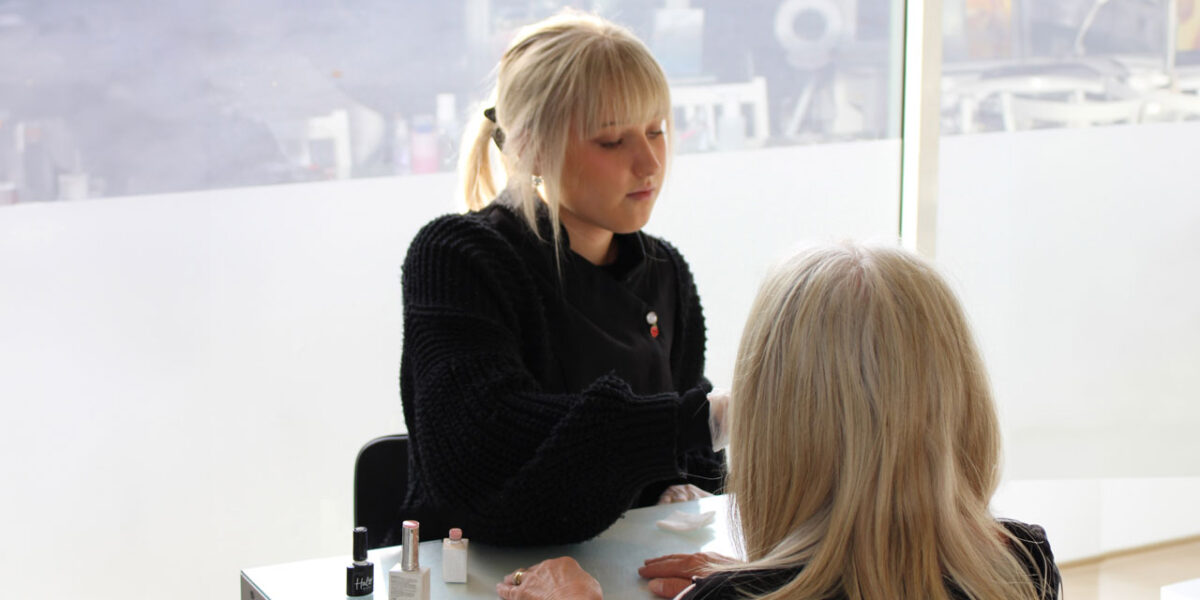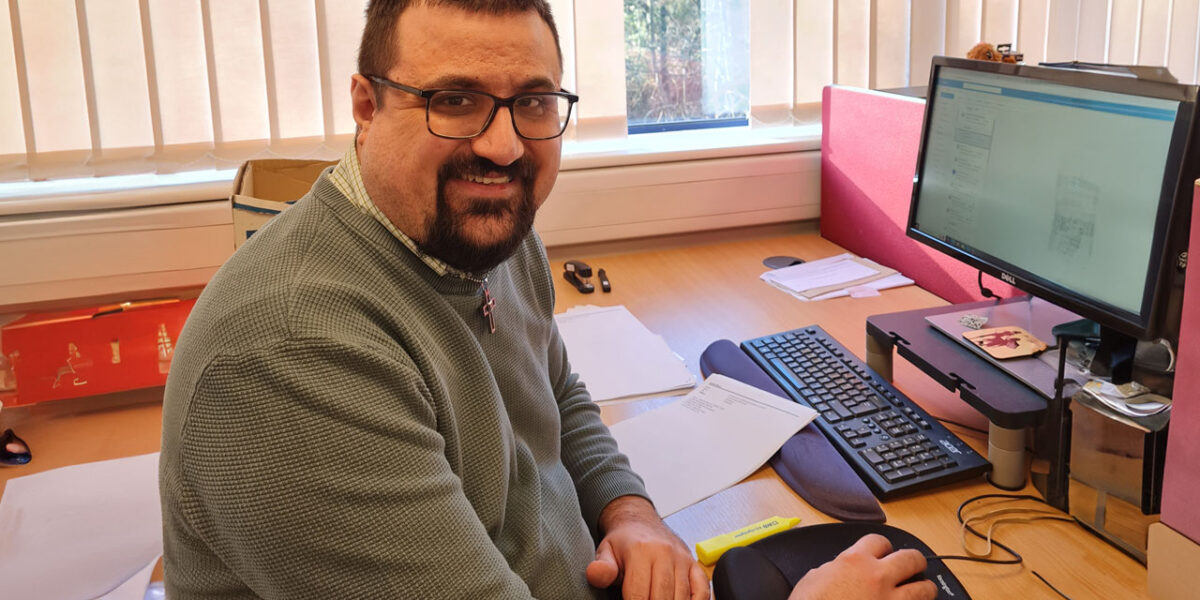To meaningfully increase gender diversity in STEM, the government needs to support the right people

The lack of diversity in STEM industries is holding back progress and preventing the industry from reaching its full potential. Investment in grassroots level is needed to address this issue before it is too late.
It’s no secret that jobs in science, technology, engineering and mathematics have issues with diversity. According to techUK, just 8.5% of senior leaders in UK tech are from minority ethnic groups, 16% of IT professionals are female, and 9% of all IT specialists have a disability.
Not only does this have huge social implications, but it’s also preventing the industry from reaching its full potential – a recent report from McKinsey & Co found those organisations with higher diversity levels were more likely to be profitable long-term. Diversity is therefore not just important in terms of creating a fair and representative workforce, but it’s an objective benefit to UK businesses who need to ensure their financial security in the face of a recession.
Businesses have a responsibility to improve the diversity of their tech teams, but to fix the diversity gap long term in science, computing and tech, we need to invest at a grassroots level. When we consider that subjects like computer science are comprised of just one in five young women versus men at A-level, it’s easy to see how the problem magnifies in the workplace.
Yet gender diversity in STEM remains an issue that the current government has committed limited resources to tackling, and it will certainly have lasting negative impacts on our society and economy if this does not change.
The current state of STEM diversity
If we look at education, computer science has the single biggest gender gap at A-Level, closely followed by physics, maths and ICT. Small progress is being made toward shrinking these gaps, with UCAS stats showing the number of female students being placed on computer science degree courses has risen by 16% since 2021, but there’s still a long way to go.
The prevailing gender disparity in education has dramatic effects at a professional level. InnovateHer’s Social impact report found that45% more women than men leave technology roles, and half of the women in tech roles leave before the age of 35.
What we also know is that, despite being far outnumbered by male peers, when girls do take STEM subjects, they tend to outperform boys when it comes to grade attainment. Girls made up only 15% of A-Level computing students in 2022, yet over half (56.2%) achieved either an A or A*.
This suggests that what’s holding women back is that STEM isn’t currently presented as a space for them – this not only prevents a greater number from seeking higher education and careers in STEM, but results in those who do leaving the industry prematurely.
The best way to address gender disparity in STEM is to engage girls’ interest from a young age and directly challenge those cultural and societal conceptions before they have time to take root.
The government’s role in ensuring STEM is seen as a space for young girls
I’m a firm believer that classrooms are one of the best places to inspire and encourage young people to do something new or take on a challenge. And this is exactly why much of what the government can do to solve STEM’s diversity issue depends on what happens in our classrooms.
We know that getting more girls into STEM is not a question of lacking enjoyment or ability – it’s about making STEM subjects, such as computing, feel like a safe space for young girls to pursue their interests.
Here are a few important starting points for government action:
Making all STEM subjects core subjects
School leadership teams are under a lot of pressure. Growing emphasis on high stakes exams, rising budget deficits and the teacher shortage crisis create pressure on subject funding decisions. While some STEM subjects such as the sciences are already considered core subjects, others such as computer science aren’t currently given the same level of recognition and therefore investment of resources. Considering how valuable we know digital skills to be, this needs to change. Computing needs to be raised to core subject status.
Embrace diversity-by-design resources
Huge advances have been made in creating teacher resources, hardware and software that have been designed with greater inclusivity in mind. For example, we know that girls and young learners from underrepresented backgrounds are more engaged in computing lessons when they are taught with a physical device to bring code they see on screen to life. Other advances include beginner programming interfaces that are easier to read and include prompts and auto-fill suggestions, removing barriers to learning basic coding many youngsters face like reading ability.
Investing in teachers
Empowering teachers is arguably the most powerful thing governments can do in breaking down barriers to STEM – especially in newer subject fields, like computing. Micro:bit research found that many UK primary teachers responsible for teaching computing are lacking in adequate training, ill-equipped and not given sufficient time in the curriculum to explore this area. The education industry is already facing a shortage of teachers, so we need to ensure when we are asking them to teach new digital skills, they are given the best support to do so. Female teachers, who make up the majority of the primary teaching profession, have a very influential part to play too. If we can help female teachers feel more confident delivering STEM lessons, we can help challenge gender stereotypes and create positive early role models for young girls.
Changing societal views on STEM professions
Ultimately, schools and teachers are under-trained and ill-equipped to be able to effectively encourage children from all backgrounds to want to go in to STEM. The government needs to prioritise the curriculum status so that more children take computing to GCSE level and ensure teachers are trained to teach subjects like computer science effectively. The government also needs to show some initiative when it comes to society’s out of touch view the of what opportunities STEM subjects present to young people to make sure young girls know it is a space for them.
The benefits of a more diverse tech workforce longer term will be immeasurable by solving the diversity challenge at a younger age today.
By Magda Wood, Chief of Learning, Micro:bit Educational Foundation











Responses